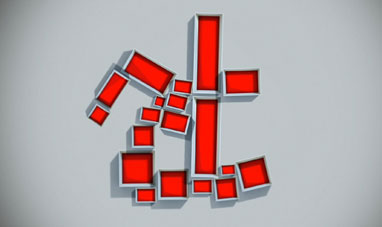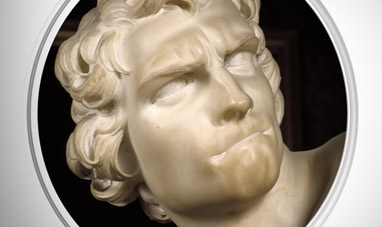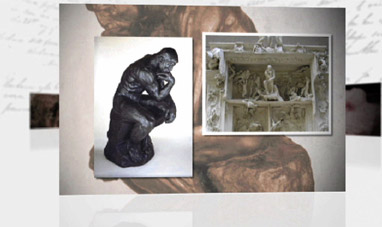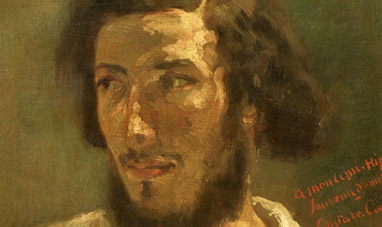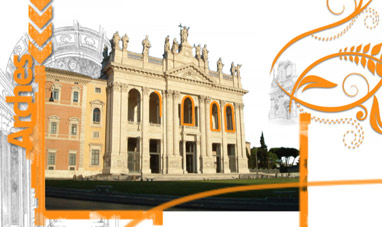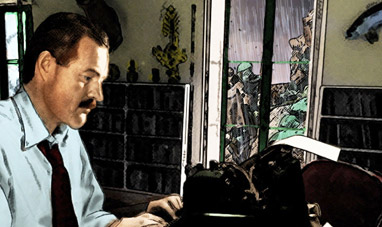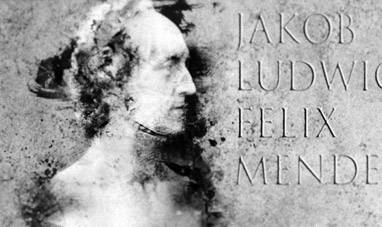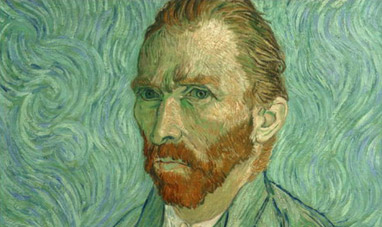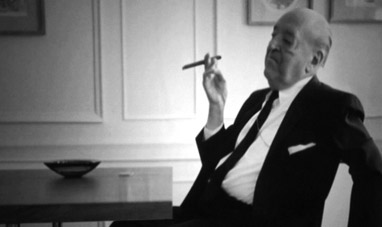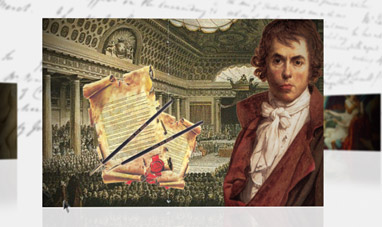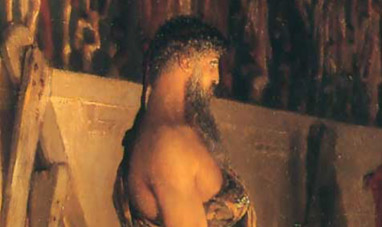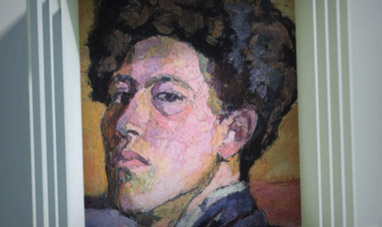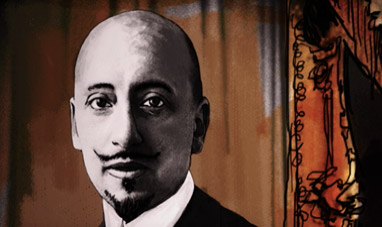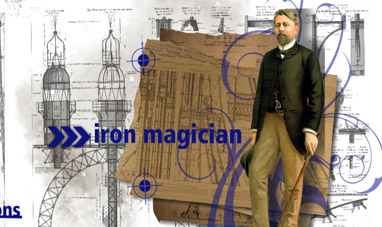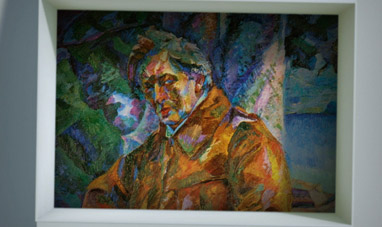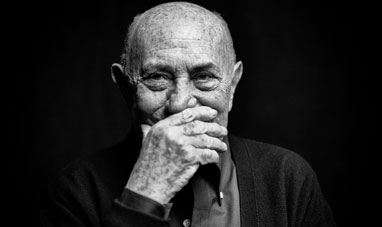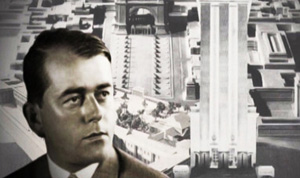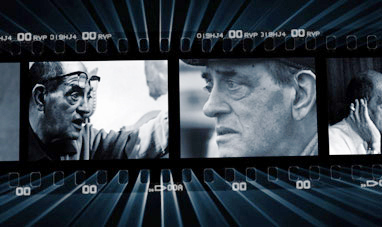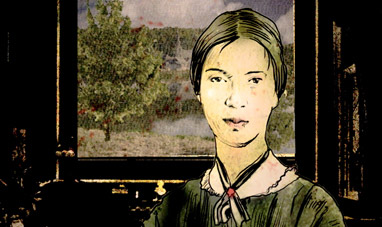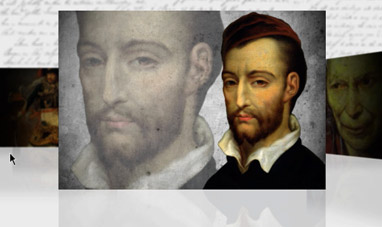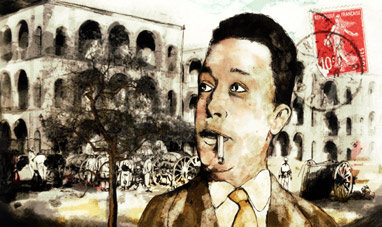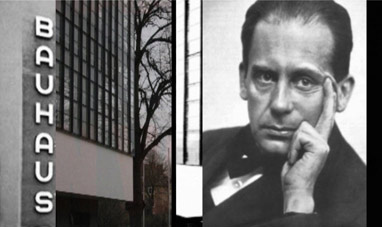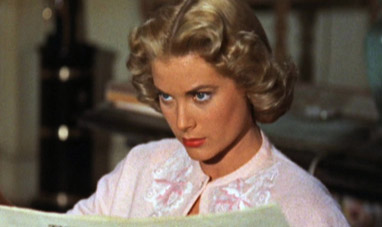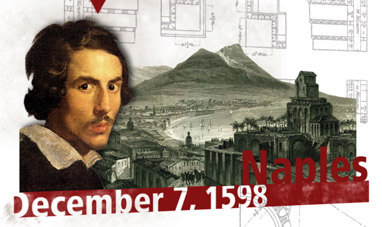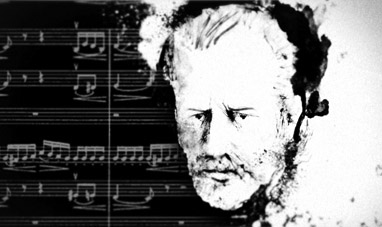Myron, a sculptor in the 5th Century BC, is one of the most famous artists of Ancient Greece. He was born in Eleutherae, in Boeotia, between 500 and 490 BC. He lived and worked in Athens, but was commissioned to complete important works for other Greek cities as well. Myron was active between 470 and 440 BC, an era historians identify as the transition period between Archaic Greece and Classical Greece. He contributed to overcoming the traditional style of archaic art, characterized by geometric shapes and rigid poses, and was one of the first to represent the human body in movement. According to ancient literary sources, Myron produced a great number of works: statues of heroes, divinities, animals, and most of all athletes. Almost all his statues were made of bronze, and only a few ancient marble copies have survived.
Myron’s most famous work is the Discobolus. The statue represents a young athlete about to throw a discus. Myron chose to portray him just before the throw, when the athlete’s body was tense and charged. The pose is complex yet perfectly balanced. The weight of the body is on the slightly bent right leg, with the left leg trailing behind it. The torso is bowed forwards and twisted to one side, causing the muscles to flex, a view Myron represents with perfect anatomical precision. The right arm, tense and ready for the throw, forms an arc with the left, perpendicular to the ground. The athlete’s face expresses not effort, but pure concentration. Complexity of pose is also a feature of the Anadumenus, an athlete winding a band around his head. The original was lost, but was reconstructed from fragments of a marble copy. Highly effective representation of movement is also a feature of Athena and Marsyas, artwork inspired by a mythological theme. The Goddess Athena, who liked to play the flute, discovered that playing the instrument deformed her face. When she threw the flute away in anger, the satyr Marsyas rushed to pick it up. The sculpture portrays the goddess turning around and taking Marsyas by surprise, causing him to freeze in place. The satyr is represented off balance, willingly in contrast to the controlled attitude of the goddess. What is striking about the scene is the sculptor’s ability to “seize the moment,” capturing a rapid and instantaneous movement.
Ancient sources praise Myron for his representation of movement and for the realism of his sculptures. Many ancient writers emphasized the extraordinary lifelikeness of a bronze statue Myron made of a cow that was placed on the Athens Acropolis. Myron is believed to have died shortly after 440 BC. His art marked the end of the Archaic age, opening the way for the extraordinary era of Classical art.
Myron’s most famous work is the Discobolus. The statue represents a young athlete about to throw a discus. Myron chose to portray him just before the throw, when the athlete’s body was tense and charged. The pose is complex yet perfectly balanced. The weight of the body is on the slightly bent right leg, with the left leg trailing behind it. The torso is bowed forwards and twisted to one side, causing the muscles to flex, a view Myron represents with perfect anatomical precision. The right arm, tense and ready for the throw, forms an arc with the left, perpendicular to the ground. The athlete’s face expresses not effort, but pure concentration. Complexity of pose is also a feature of the Anadumenus, an athlete winding a band around his head. The original was lost, but was reconstructed from fragments of a marble copy. Highly effective representation of movement is also a feature of Athena and Marsyas, artwork inspired by a mythological theme. The Goddess Athena, who liked to play the flute, discovered that playing the instrument deformed her face. When she threw the flute away in anger, the satyr Marsyas rushed to pick it up. The sculpture portrays the goddess turning around and taking Marsyas by surprise, causing him to freeze in place. The satyr is represented off balance, willingly in contrast to the controlled attitude of the goddess. What is striking about the scene is the sculptor’s ability to “seize the moment,” capturing a rapid and instantaneous movement.
Ancient sources praise Myron for his representation of movement and for the realism of his sculptures. Many ancient writers emphasized the extraordinary lifelikeness of a bronze statue Myron made of a cow that was placed on the Athens Acropolis. Myron is believed to have died shortly after 440 BC. His art marked the end of the Archaic age, opening the way for the extraordinary era of Classical art.

